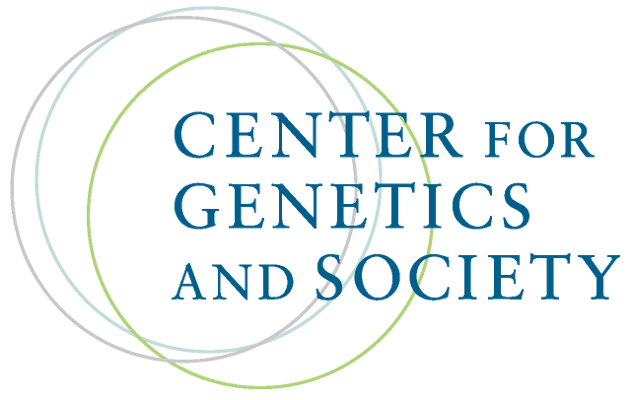Photo by Wonderlane on Unsplash
On a nearly still and moonlit night last week, some 75 people formed a circle on Asilomar State Beach around a sand pit ringed by seaweed. Four dancers swayed around the pit to the sound...
Aggregated News

Twenty years ago, proponents of genetic engineering promised that GMO foods would increase yields, reduce pesticides, produce nutritious foods and help feed the world. Today, those promises have fallen far short as the majority of GMO crops are engineered to withstand sprays of Roundup herbicide, which is increasingly documented as a risk to human health.
Now, new genetic engineering technologies such as synthetic biology and gene editing are being hailed with the same promises of revolutionizing food production, medicine, fuels, textiles and other areas.
But a closer look at this next generation or "GMOs 2.0" technologies reveals possibly even greater risks than existing GMO technology with possible human health risks and negative impacts on farming communities worldwide, among other unintended consequences. And while products developed using current genetic engineering methods are regulated by the U.S. government, GMOs 2.0 products are entering the market with few or no regulations.
Synthetic Biology: Extreme Genetic Engineering
While traditional genetic engineering involves inserting genes from one species into another, GMOs 2.0 technologies like synthetic biology aim to create life from scratch with...
The Center for Genetics and Society is fiscally sponsored by Tides Center, a 501(c)(3) non-profit organization.
Please visit www.tides.org/state-nonprofit-disclosures for additional information.
© 2023 Tides Center, through the Center for Genetics and Society. All rights reserved.
Privacy Policy. Terms of Use.
